Time to give thanks.
It goes without saying, but we’re most thankful for family, friends, good health, and the other meaningful blessings in our lives. We’re also thankful we get to write about cars and car stuff (and truck stuff, too) for a living. And to a lesser degree, there are some pretty amazing automotive-related things for which we give thanks.
Here are the top 11 automotive-related innovations we’re most grateful for. And here’s a spoiler alert, since you might be in a turkey coma before you reach #11: Truck Nutz didn’t make the list.
At least they didn’t make ours. Share your own list, or tell us what we missed, in the comments section below—and Happy Thanksgiving!
The Starter
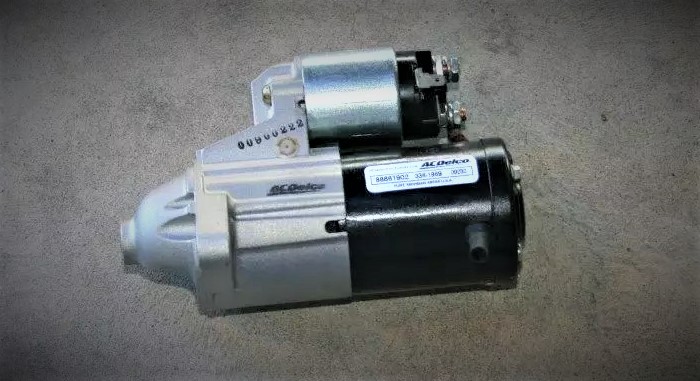
We’ve invented an infinite amount of new curse words and curse-word combos trying to pull-start our stubborn lawn mowers. We can’t even imagine what those old-timey automobile owners had to go through when manually cranking over their engines. That’s why we thank our lucky stars for the invention of the electric starter.
It might be #1 on our list if we were going in order.
…
Forced Induction
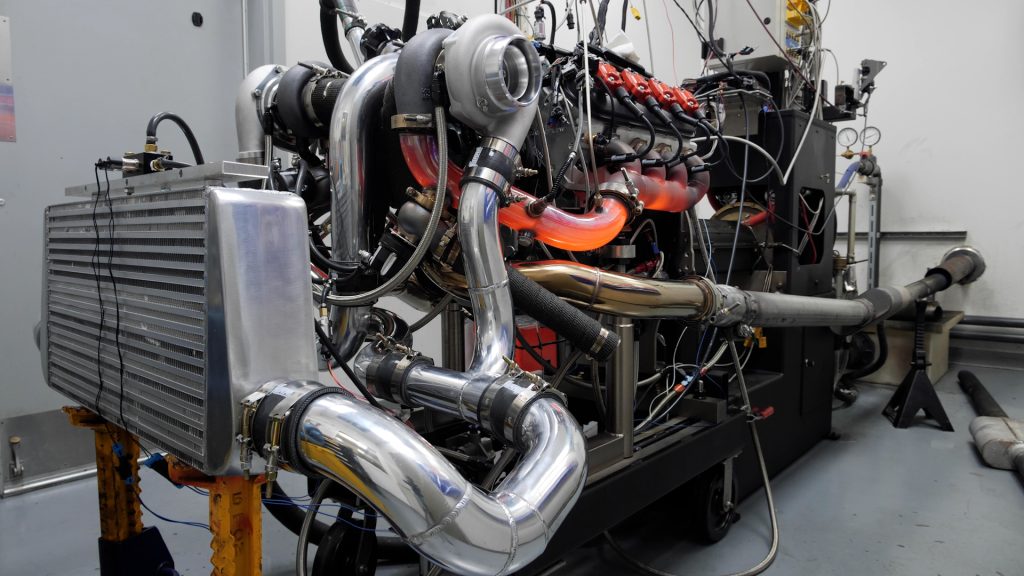
Forced induction is familiar concept to many of us on Thanksgiving.
As we force that third piece of pumpkin pie down our gullets, we get sleepier and more lethargic. But it’s just the opposite in the automotive world as cramming an extra helping of air into our engine makes it more powerful and peppy. In fact, factory turbochargers have helped production four-cylinder engines reach power levels once reserved for V8 engines. Superchargers and turbochargers also remain a popular option for hot rodders looking for a serious power kick.
…
Impact Wrench
Work smarter, not harder.
It was one of dad’s favorite pieces of advice, and the impact wrench (and all air tools, really) help us follow it. Without the impact wrench, we’re forced to rely on sheer beer muscles—and we’ve been drinking mainly light beer lately.
Not good.
…
EFI
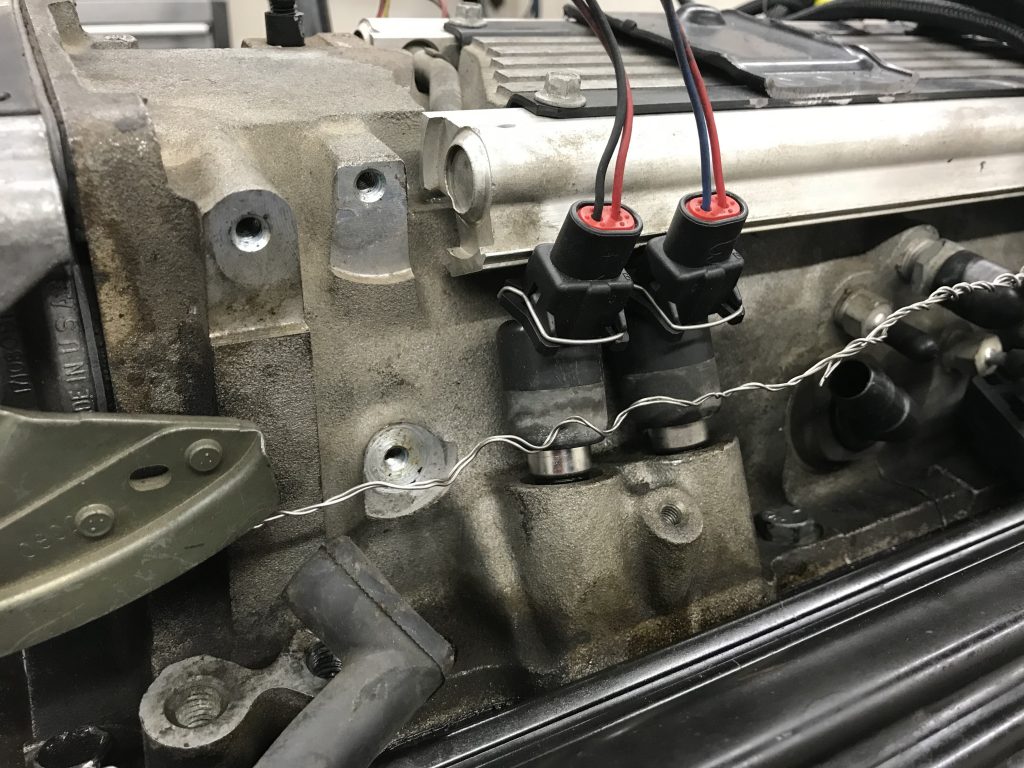
Settle down, carburetor guy! The carburetor has its place in the hot rod world. In fact, we might even prefer it. But you can’t deny the combination of performance and fuel efficiency fuel injection delivers. That’s why aftermarket EFI systems, like those from FiTech, MSD, FAST, and others, have proliferated and are finding their way onto vintage, factory-carbureted vehicles.
…
Disc Brakes
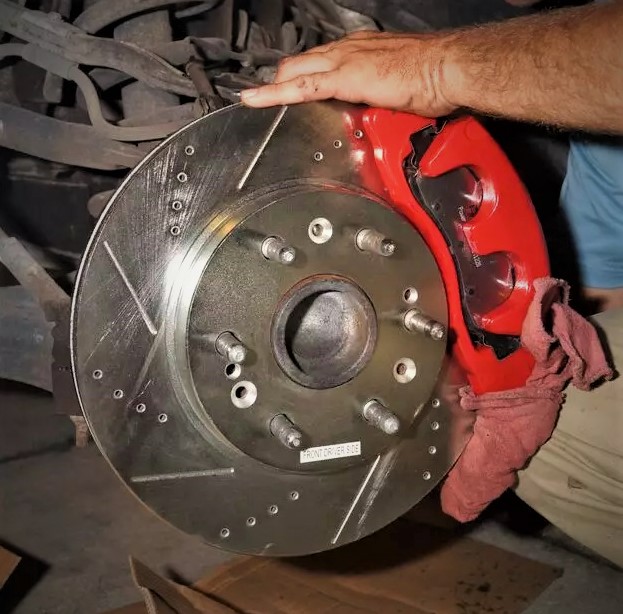
Stopping? Who cares about stopping?
Fortunately, the more responsible folks in the automotive industry have put a lot of thought into braking systems. This has led to breakthroughs like power brakes and anti-lock brakes. For our money, we think the adaptation of disc brake systems (from aviation) for automotive use was an incredible innovation. Disc brakes are a better, more efficient, and longer-lasting method for stopping a vehicle. And that’s why disc-brake conversion kits are so popular on older vehicles.
…
In-Car Radio
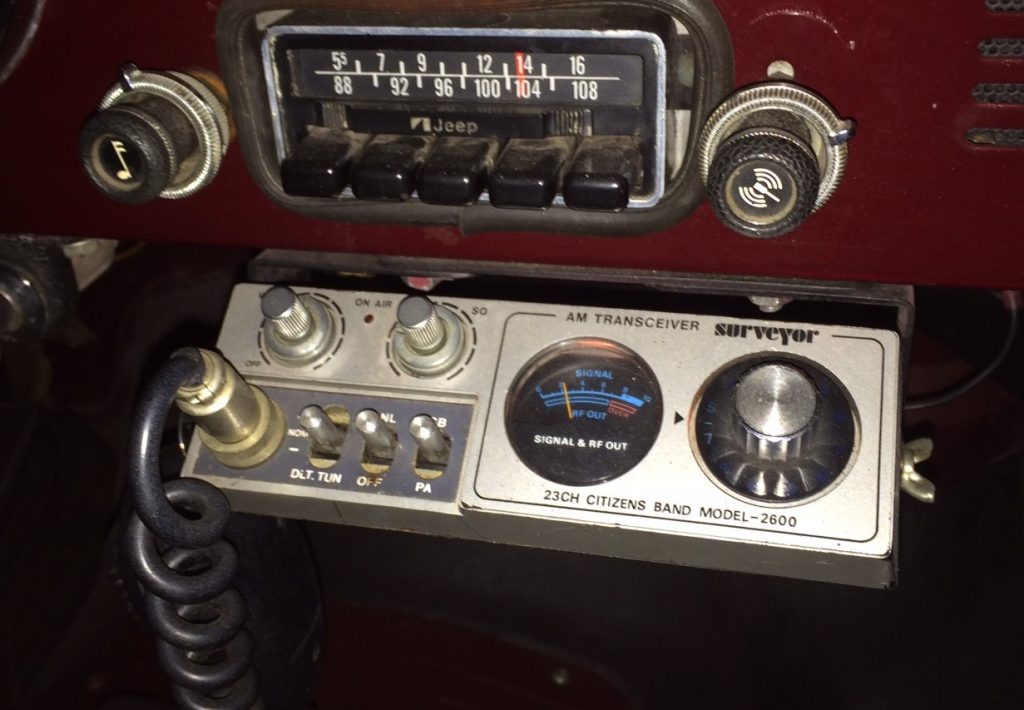
Back in the day, people were left with no recourse but to converse with one another while driving their horseless carriage.
The horror.
In all seriousness, cars and tunes go hand-in-hand. The car radio, first offered as a factory option in the mid-1930s, helped make cruising fun and commuting tolerable. It also set the stage for the evolution of in-car entertainment, which later included 8-tracks, cassettes, and CB and satellite radio.
…
4-Wheel Drive
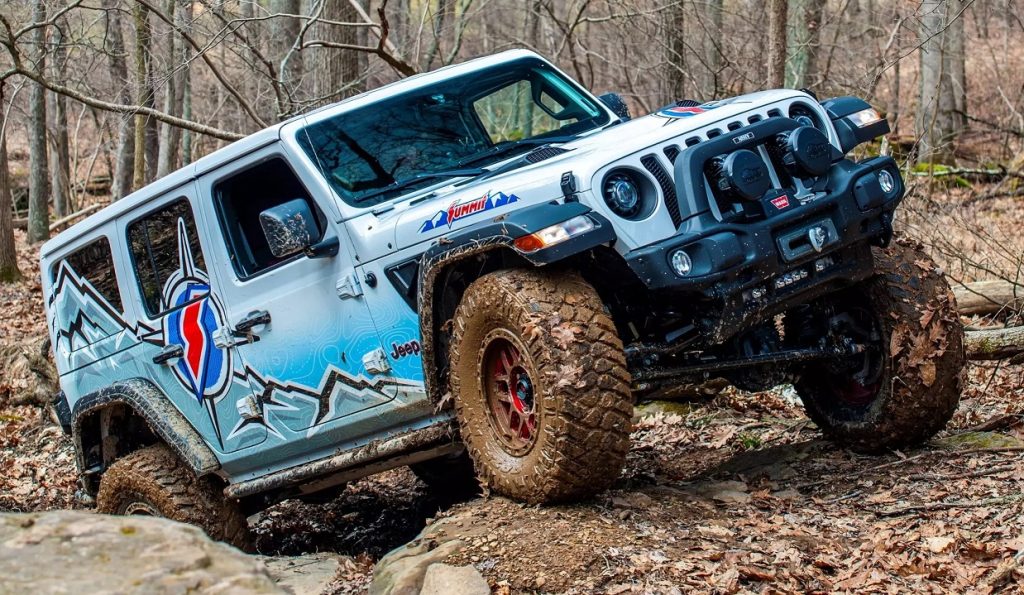
If you’re performance-minded, four-wheel drive should be lauded for making off-roading a thing.
If you’re practical, four-wheel drive should be properly credited for making commuting in the winter safer and easier. Either way, four-wheel drive has made the automotive experience better.
…
Heat/AC Systems
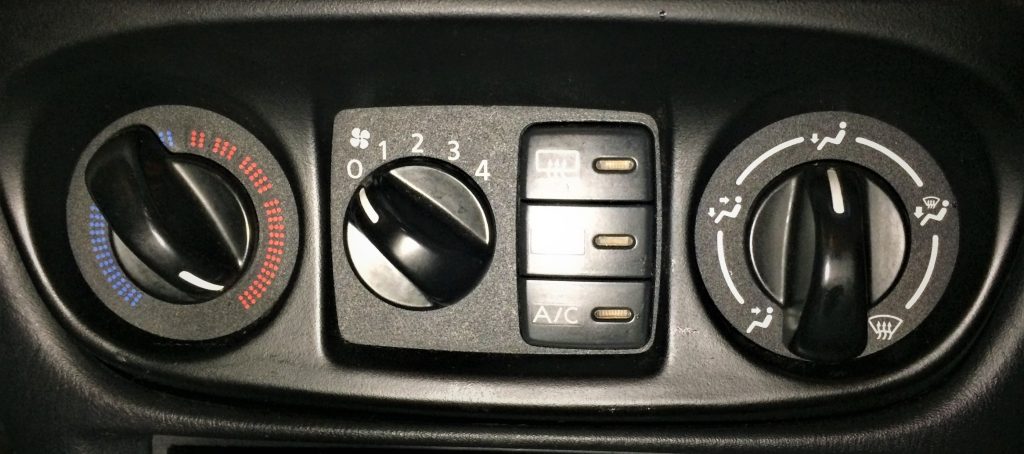
Disclaimer: We live in Ohio where it can be 80 degrees one day and 30 degrees the next. While we can’t control the weather, we are able to control the climate inside our vehicles thanks to heat and A/C systems. Cabin heaters first began showing up as an add-on accessory in the 1920s, and A/C showed up in the 1940s. Heat/air conditioning/climate control didn’t catch on quickly, and there are many days we still prefer to just “roll down” our windows.
For the next five months, though, we’ll thank the heavens for our heat/AC system.
…
Power Steering
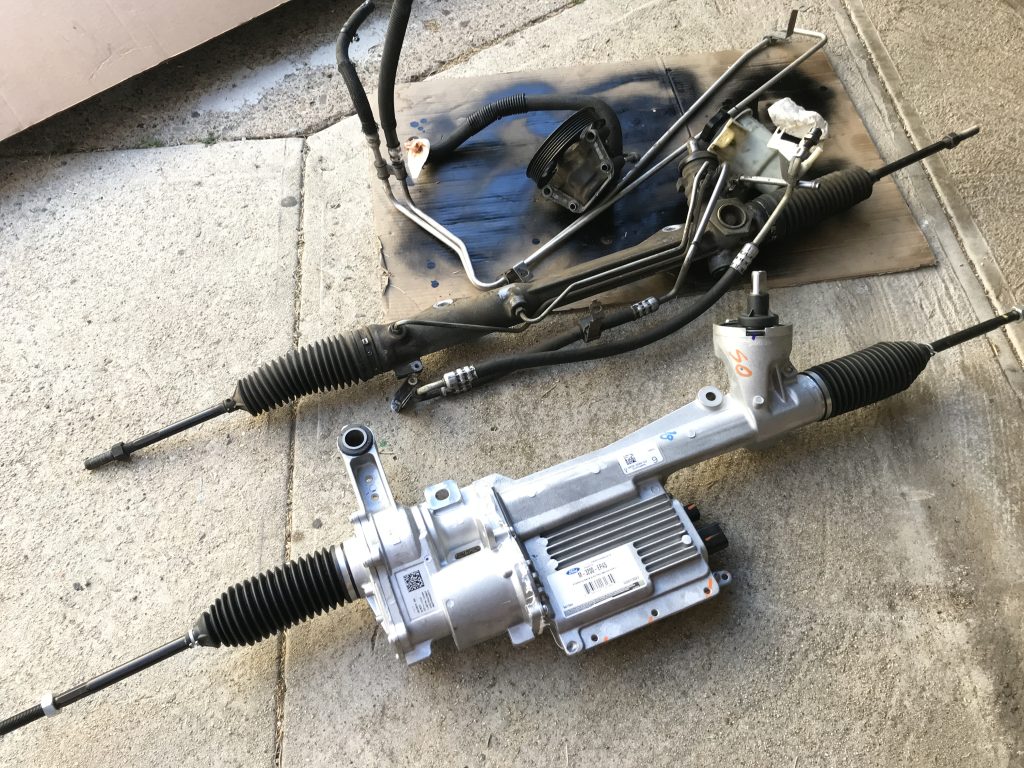
Great-grandma was a sturdy woman.
Perhaps that’s because steering the old grocery-getter toward the market was a workout. Or maybe in those days—the days before power steering—she had to bulk up in order to wrestle the steering wheel. Power steering helped take the challenge out of turning a corner, and made driving a much more pleasurable experience, according to most.
…
Radial Tires
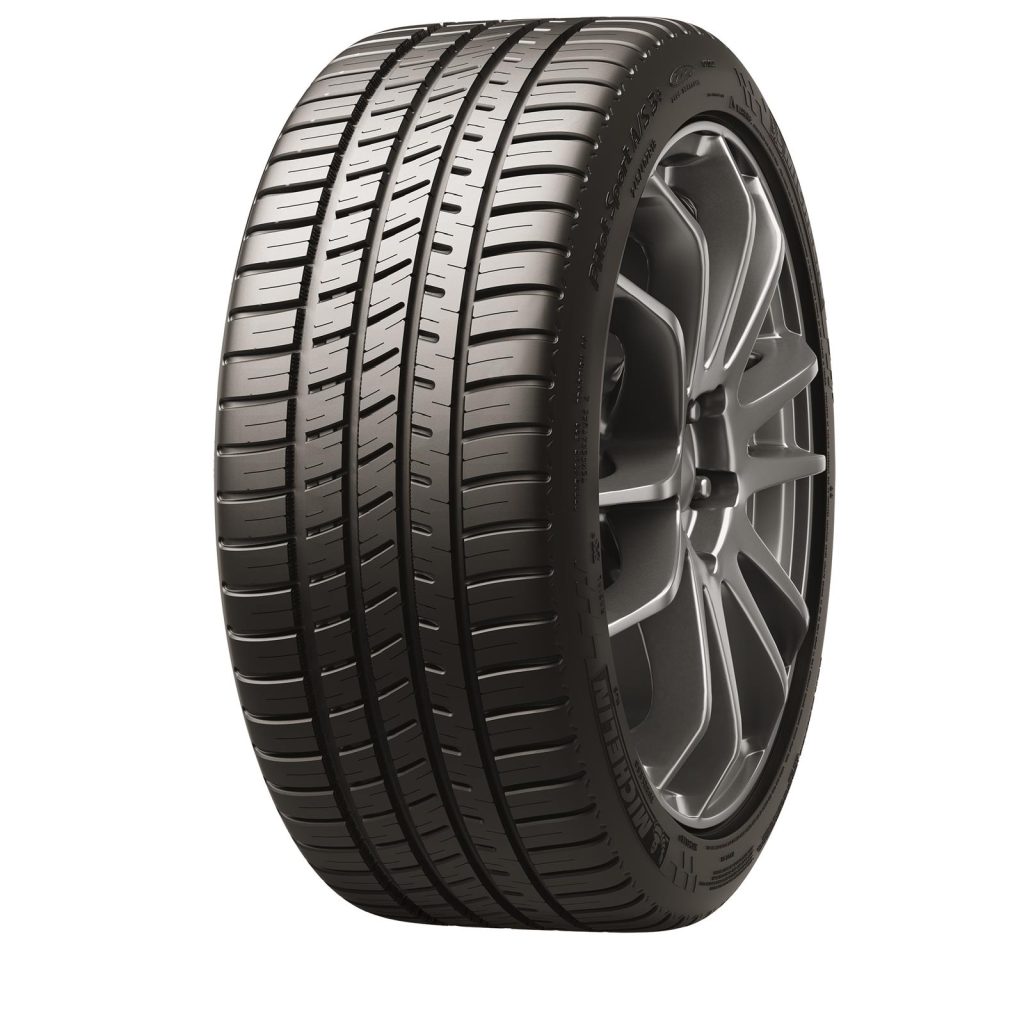
Most American auto manufacturers made the switch from bias-ply to radial tires in the 1970s—and for good reason. The construction method used on radial tires allows them to maintain better contact with the surface, providing a smoother ride and longer tread life. Although bias-ply tires still have a place on classic vehicles because of their vintage looks, many tire manufacturers now offer bias-look radials to offer the best-possible combination of looks and performance.
…
Variable-Speed Windshield Wipers
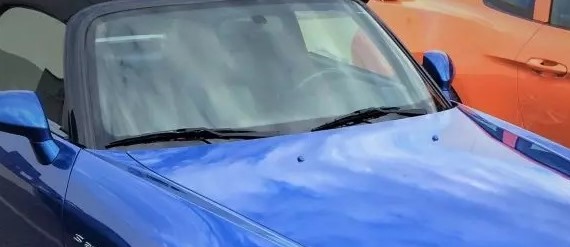
You can disagree if you want, but you can’t dispute that one of the most annoying sounds ever is the squeak of wipers on a semi-dry windshield. Thankfully, intermittent, variable-speed windshield wipers provide an alternative to just cranking up the radio louder. The 1970 Lincoln Continental is said to be the first to include this new technology, which allows you to tailor the speed of the wipers to the amount of precipitation.
Bottom line: Less squeak, more visibility.

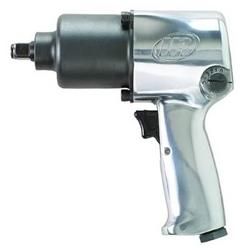
Hello,
I am a blogger from Edmonton, Alberta, Canada. I am writing a new post and would like to use your image of the car radio.
Wouldn’t it be cool to use the radio interface to set cruise control? The preset buttons could correspond to certain speeds, 90 km, 100 km, 110 km, etc. And he dial could be used to fine tune the speed.
Would it be okay with you if I can use the image? I would link back to the page and thank your site for the use.
Thanks for your consideration.
Eric
My ’64 Dodge Dart Deluxe had variable wipers. The knob was a thermostat from slow to fastest, variable speed, with a push button in the middle for powered washer.